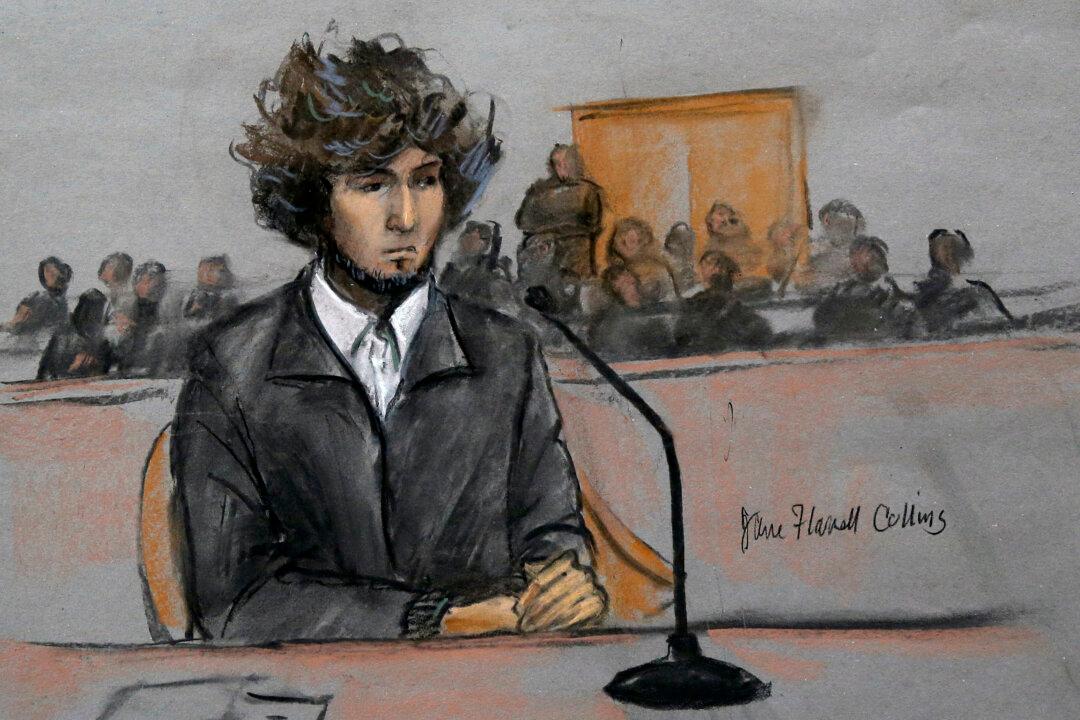The jury has spoken. Dzhokhar Tsarnaev now faces execution for his role in the Boston Marathon bombings. The sentence was announced on the afternoon of Friday, May 15, in federal district court in Boston after a grueling months-long trial that alternatively depicted Tsarnaev as a coldly calculating killer and a malleable youth influenced by his older brother. The jurors came to their decision after deliberating for about 14 hours over the past three days. Tsarnaev’s case will be automatically appealed.
We asked a panel of scholars to examine the implications of the trial and the final sentence.
Will an Execution Prevent Future Terrorist Acts?
Jeffrey Kaplan, University of Wisconsin–Oshkosh
On April 8, Dzhokhar Tsarnaev was found guilty of numerous counts including the use of a weapon of mass destruction – albeit a homemade and poorly deployed one – relating to the attack on the runners and spectators at the Boston Marathon. On May 15, he was sentenced to die.
Now that his fate has been determined, the media and the public will shift its focus to the debate on the efficacy of the death penalty as a deterrent to violent crime.
In this case, however, as in other instances of deadly violence related to contemporary terrorism, whether the defendant lives or dies is of little import.
In the lion’s share of lone-wolf strikes that are motivated by conflicts occurring far from American shores, perpetrators, aspirants and wannabes alike are willing to embrace death and see prison as a form of matriculation to greater heights of the terrorist trade.
A more efficacious use of media space would be to better understand the populations – primarily second-generation immigrants and recent converts – who are susceptible to calls for lone-wolf strikes emanating from their homelands, or as is becoming increasingly common, by non-state actors such as ISIS or al-Qaida.






